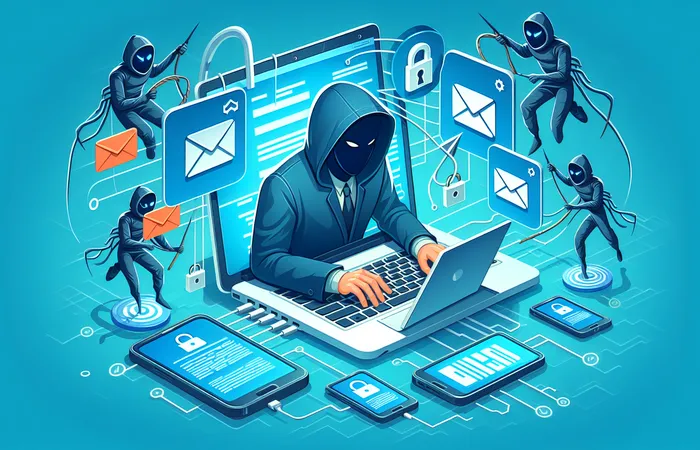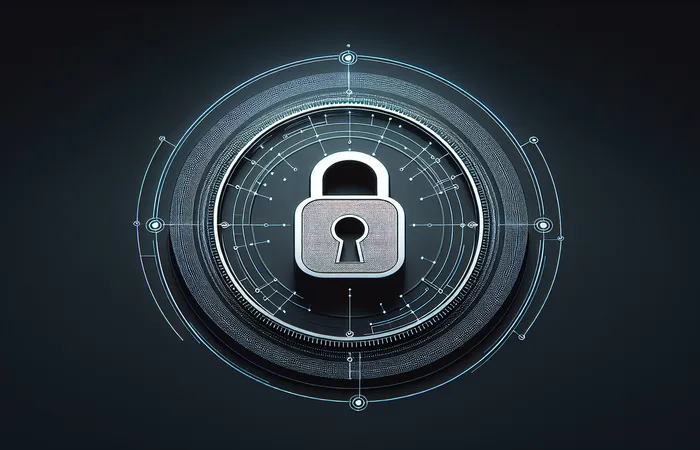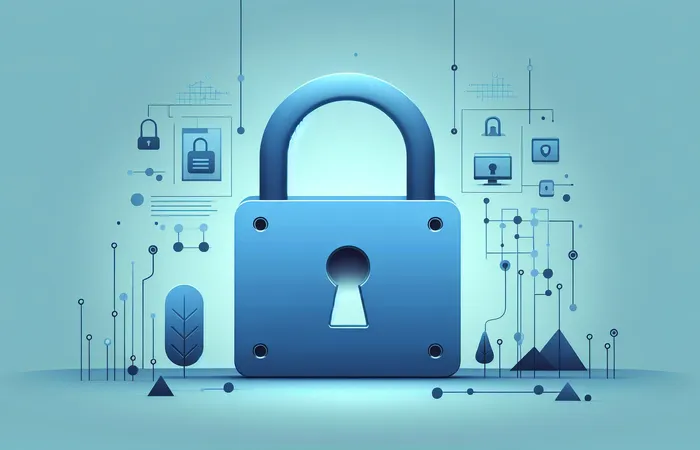How to Recognize and Avoid Common Phishing Attacks

Phishing attacks continue to be a prevalent threat in today's digital landscape. In this article, we will explore how to recognize and avoid common phishing attacks, using the best practices and cybersecurity tools available.
Understanding Phishing Attacks
Phishing is a type of cyber attack where malicious actors impersonate legitimate entities to deceive individuals into revealing sensitive information such as passwords, credit card details, or personal data. These attacks are often carried out through emails, text messages, or phone calls, with the goal of tricking recipients into clicking on malicious links or downloading malware.
Recognizing Common Phishing Tactics
Phishing attacks can take various forms, but some common tactics include:
- Spoofed Emails: Attackers may create emails that appear to be from trusted organizations or individuals, often using logos and language that mimic the real entity.
- Urgency or Fear: Phishing emails may create a sense of urgency or fear to prompt recipients to take immediate action, such as clicking on a link or providing sensitive information.
- Fake Websites: Attackers may create fake websites that look identical to legitimate ones, tricking users into entering their credentials unknowingly.
Best Practices to Avoid Phishing Attacks
To protect yourself and your organization from phishing attacks, follow these best practices:
- Think Before You Click: Be cautious of unsolicited emails, especially those requesting sensitive information or urging immediate action. Verify the sender's email address and lookout for any spelling or grammatical errors.
- Use Multi-Factor Authentication (MFA): Enable MFA wherever possible to add an extra layer of security to your accounts, making it harder for attackers to gain unauthorized access.
- Stay Informed: Keep up to date with the latest phishing trends and tactics to better recognize and avoid potential attacks.
- Report Suspicious Emails: If you receive a suspicious email, report it to your organization's IT department or to the appropriate authorities.
Leveraging Cybersecurity Tools
Several cybersecurity tools can help in detecting and mitigating phishing attacks, including:
- Email Filtering: Implement email filtering solutions that can detect and block phishing emails before they reach your inbox.
- Anti-Phishing Software: Use anti-phishing software that can analyze URLs and attachments for malicious content.
- Security Awareness Training: Provide employees with security awareness training to educate them about the risks of phishing and how to spot potential attacks.
Conclusion
Phishing attacks pose a significant threat to individuals and organizations alike, but by understanding common tactics, following best practices, and leveraging cybersecurity tools, you can significantly reduce the risk of falling victim to these scams. Stay vigilant, stay informed, and always think twice before clicking on any links or providing sensitive information online.



